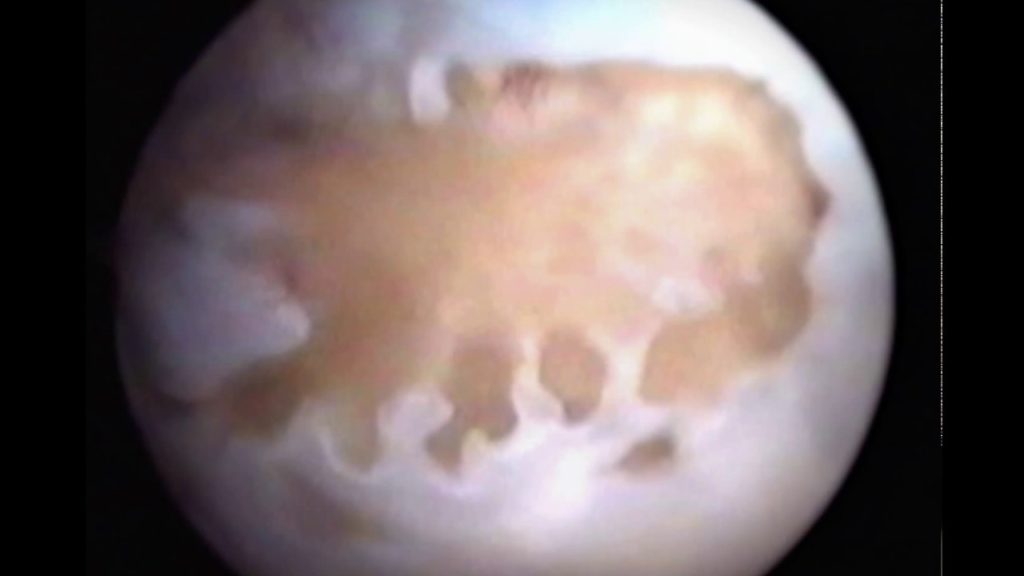Introduction
Septic arthritis is inflammation of a joint caused by a bacterial infection. It’s also known as infectious or bacterial arthritis.
Any joint can be affected by septic arthritis, but it’s most common in the knees and hips. More than one joint can be affected at the same time.
Most people make a full recovery after treatment. Without treatment, septic arthritis may lead to permanent joint damage and can become life threatening.
Symptoms of septic arthritis
Septic arthritis typically causes severe pain, swelling, redness and heat in affected joints. These symptoms tend to develop quickly over a few hours or days.
You may also have difficulty moving the affected joint, and some people have a high temperature (fever).
Young children with septic arthritis will generally be irritable and may cry whenever the infected joint is moved – for example, during nappy changing. They may also try to avoid using or putting any weight on affected joints.
If you suspect septic arthritis, see your GP or visit your local accident and emergency (A&E) department as soon as possible.
Diagnosing septic arthritis
If your symptoms suggest septic arthritis, your GP will refer you to your nearest A&E department immediately for an assessment.
You may have a blood test and a sample of fluid may be removed from your affected joint with a needle. This is to look for signs of inflammation and infection, and to identify any bacteria.
If you have septic arthritis, there may be high numbers of white blood cells in your blood and joint fluid, which is a sign of infection.
However, these tests come back normal in many cases of septic arthritis, so they can’t be relied on entirely to rule out infection.
Treating septic arthritis
Septic arthritis is treated with antibiotics. You’ll normally need to stay in hospital for at least two weeks to have antibiotics given to you directly into a vein (intravenously).
You may need to rest in bed for a few days to take pressure off the affected joint. You’ll be given medication to relieve the pain.
You might also have the fluid drained from your infected joint using a needle and syringe, or during a procedure called an arthroscopy.
This is where a fine, metal tube is inserted through a small cut made near the affected joint. This will normally be done by an orthopaedic surgeon.
After you finish the course of intravenous antibiotics, you’ll probably need to take antibiotic tablets at home for at least another four weeks.
You should completely recover after antibiotic treatment, although some people still experience persistent limited movement in the affected joint.
Causes of septic arthritis
The condition is most commonly caused by either:
staphylococcal bacteria
streptococcal bacteria
These bacteria may enter a wound and travel through your bloodstream to the affected joint, or may infect your joint directly after an injury or during surgery.
The following things can increase your risk of septic arthritis:
having joint surgery, such as a knee replacement or hip replacement
having a bacterial infection somewhere else in your body
having a long-term condition such as diabetes or rheumatoid arthritis
using injected drugs
taking medication that suppresses your immune system
recently injuring a joint
